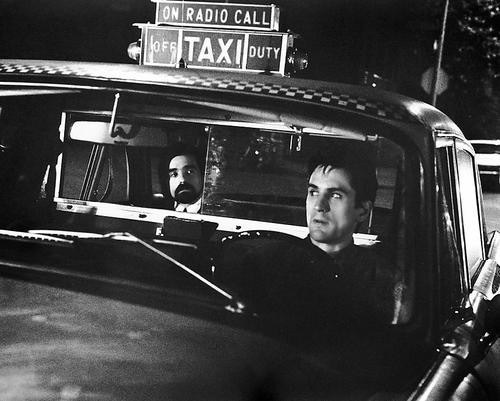

The junta blamed “vicious rioters” and “communist agitators” for the casualties, saying the military had been there only to protect people.īut Mr. Nearly 200 people, including about 20 soldiers, were killed in Gwangju, by the official count, though civic groups and bereaved families have suggested that the toll was much higher. He flew the film to Tokyo that May 22 and got it to his employers. “The wrapping was so impressive that it actually made it through the security checks” at the airport, Mr. Once back in Seoul, he hid it in a large can of cookies, which he wrapped in gold-colored foil and green ribbons so it would pass for a wedding gift. Hinzpeter wrapped his exposed film in its original packaging, to make soldiers at the checkpoints think it had not been used. Getting footage to the outside world would be even more challenging. Telephone lines had been cut by the military some reporters walked miles to villages to line up at the nearest phones still working. With the Korean news media muzzled by martial law, only the handful of foreign correspondents present could publish reports on what was happening in Gwangju - no easy task, given the army cordon. “Never in my life, even filming in Vietnam, had I seen anything like this.” A “ citizens’ army” sped through the streets in commandeered military jeeps and trucks, carrying weapons and munitions stolen from police stations, as people on the sidewalks chanted against the dictatorship.īehind a hospital, “relatives and friends showed me their loved ones, opening many of the coffins that had been placed in rows,” Mr. After the troops started killing protesters, residents had begun to arm themselves.

Hinzpeter was among the first foreign reporters to find Gwangju in a state of bloody uprising. Hinzpeter made up a story that helped them get through later checkpoints, telling soldiers that his boss was stranded in Gwangju and he had to get him out.) Kim headed for nearby villages there, farmers told him about alternate routes to Gwangju, narrow roads winding among the rice paddies. Hinzpeter and others over the years, has never been identified.Įventually, they reached military checkpoints, where soldiers forced them to turn aside. A film, “ A Taxi Driver,” opened Wednesday in theaters across the country, telling the story of the uprising from the point of view of a fictionalized version of Mr. A memorial to the journalist stands in Gwangju.Īnd this week, it is his driver’s turn to be recognized. Hinzpeter, who died last year at 78, has long been celebrated in South Korea for his part in exposing Mr. Hinzpeter was one of the few foreign correspondents to document the carnage, and his footage was seen around the globe.
#A taxi driver 2017 poster tv#
He managed to get a German TV reporter, Jürgen Hinzpeter, past the military cordon that surrounded the city, not once but twice. Kim, if that was his name, played a pivotal role in telling the world what was happening.

In the bloody month of May 1980 in Gwangju, South Korea, one such invisible hero was a taxi driver whose name may or may not have been Kim Sa-bok.Īs the military dictatorship of Chun Doo-hwan slaughtered people in Gwangju who were calling for democracy, Mr. SEOUL, South Korea - When foreign correspondents cover dangerous situations, they often depend on local assistants, who in many cases take greater risks than they do.


 0 kommentar(er)
0 kommentar(er)
